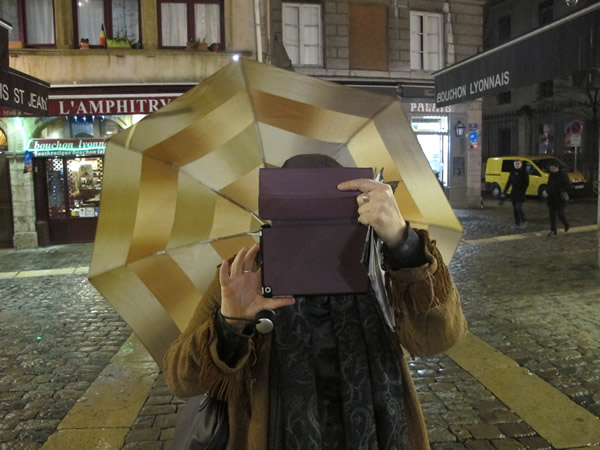This new book describes the tectonic shift unfolding where digital devices with their disruptive potential are changing cities, society and social life, connectivity, the economy and cultural life. Its impacts and influence will be as powerful as the climactic changes that swept through our world with the industrial revolution 200 years ago. Giant turbines and whirring machines symbolized that revolution whereas this one is more invisible driven by algorithms etched into small screens.
Those who make decisions, the digital settlers, have mostly migrated into this world whereas for the young, digital natives, it is all they know. This highlights a misalignment as for the first time in history the young are teaching the old rather than the reverse.
Every new means of production changes the physical and mental landscape and how our systems operate. Its drama is clear when the world’s largest taxi company, Uber, owns no taxis; when Facebook, the world’s most popular media owner, creates no content; when Alibaba, the most valuable retailer, has no inventory and when Airbnb, the world’s largest hotel chain, owns no hotels.
Our data drenched world is driving transformation on a scale that changes the foundations of business and public service affecting every facet of our lives. Connectivity and data are the new forms of capital with three big game-changers being big data, the Internet of Things and intelligent objects.
The cultural landscape on rare occasions is sucked in by the gravitational pull of dynamic technologies and the ideas they engender – digitization is one. It is the dominant cultural force of the 21st century twisting everything into its orbit.
Here technology is like oxygen and increasingly easy to use. Unavoidably we are pulled into its thrall with its fluid, malleable, remixed content, where we graze (the digital form we once called browsing) and dive deep with its permeable boundaries seamlessly sliding into endlessness. The watchwords are open, flexible, interactive, co-creative, agile, connective, instant, immersive, ubiquitous, enabling, sharing, integrative, multitasking, simulated, virtual, fragmenting and constantly online.
We are in the midst of redesigning the world and all its systems – legal, moral, political and economic and our infrastructures for a digital age with ICT as one backbone. Our built environment has been designed for how we lived and worked 50 years ago and more. To adapt to the digital age and to create new intelligent infrastructures, sensing technologies and objects that live within its hard-engineered fabric a reverse engineering process is necessary.
A human perspective should drive technologies rather than the reverse. Technology fever and innovative apps make one forget that it enables and is a servant of our bigger aims, such as encouraging more empowered citizens.
Decision-makers have a once in a lifetime opportunity to rebuild our cities differently, including harnessing social media capabilities, interactive platforms or open data to deepen democracy so making it more responsive to peoples’ desires and needs. Cities must remain alert to ensure their priorities and values are acknowledged as the digital industrial complex has discovered the city as a major new market.
Undeniably untold promises and opportunities to improve our quality of life are possible by making life more citizen centric, more local, more convenient or efficient and seamlessly connected. These positives mesh as with all new technologies with dangers. The most pressing are control by algorithms or the watchful eye of surveillance, suffering overload from constant data cascading over us or unemployment created by intelligent robots.
There is a seductive quality to this digitized city. It sucks you softly into its interactive web where with a swipe and a click you can be gratified – mostly instantly. Here is ubiquitous wifi, here we move easily between the worlds of ‘here and there’, that is local, global, physically real and virtual. Mobile devices provide mobility so we can work on the fly, be up to date and where our vast library the Internet provides untold knowledge resources.
The volume, velocity and variety of instantly available data streams combined with the ‘anytime, anyplace, anywhere’ phenomenon changes how we interact with and in space, place and time. Yet place matters as never before in spite of increased virtual interactions as people need physical place to anchor themselves.

